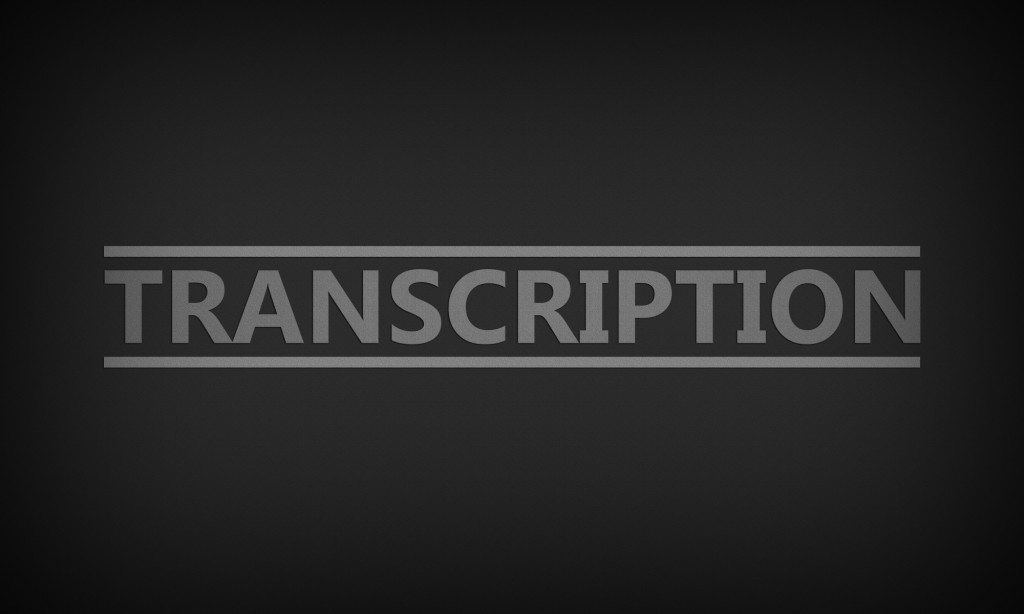
DeepScribe, the first AI-based medical scribe, listens to a doctor and patient’s conversations to write up the patient encounter. The AI learns from the provider’s writing style and corrects any miscaptured words. It is backed by the nation’s leader in medical stenography, and can be used on mobile devices such as tablets and smartphones. It also works by requiring no manual and learning the provider’s writing style and preferences. For this reason, check out this company website to get more informed about medical services.
Another notable benefit of an AI-based scribe is its ability to increase physician productivity, reduce the manual work, and bring the joy of care back into medicine. In a recent study, physicians spent 27% of their office day on direct clinical contact with patients, while they spent 49.2% of their time working on electronic hospital records (EHR). The AI-based scribe also helps physicians focus on patient care rather than paperwork.
With the introduction of EHR technology, documentation requirements for doctors have increased dramatically. With an AI-based scribe, the burden of documentation can be reduced and physician burnout reduced. Furthermore, AI-based scribes are inexpensive, do not require retraining, and can provide superior patient care. Additionally, DeepScribe’s SOAP-based notes are compliant and secure. They are also available on a contract basis, so practices can use them indefinitely without the risk of losing valuable time.
In addition to reducing the cost of hiring a medical scribe, AI-based scribe technology also provides improved patient understanding and care. The technology behind DeepScribe’s AI-based dictation service is 100% HIPAA-compliant. As a result, you won’t be charged for dictation services or for the labor costs. Moreover, you’ll be able to use it as an affordable alternative to hire a human scribe. To get this service at an affordable rate, check here.
An artificially intelligent medical scribe saves physicians up to 2.7 hours of their time per day. It listens to spoken conversations and documents them using EHR. Its software is highly sophisticated and can automatically insert notes into patient electronic health records. Unlike a human scribbler, DeepScribe is able to accurately summarize a conversation, and can even be trained to add notes to an EHR.
The use of AI in a medical scribe’s workflow is similar to that of a human scribbler. However, unlike the human scribbler, a medical scribe does not require any special training or education. The AI uses algorithms that can automatically recognize speech and extract information from a transcript. These applications are capable of automating many aspects of patient care and are transforming the field of medicine.
An artificially intelligent medical scribe can help clinicians in a variety of ways. For example, the AI can perform medical transcription tasks and interpret the data. The software will also translate audio to text. It must understand the content of a patient’s conversation and extract the salient information from it. Ultimately, an AI-based digital scribe is designed to augment the human scribe in an exam room. Its ability to record conversations can help patients in the long term and improve the quality of care. This link https://en.wikipedia.org/wiki/Transcription_(service) will open up your minds even more on this topic.
Leave a comment